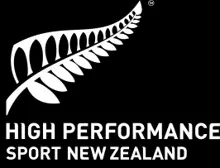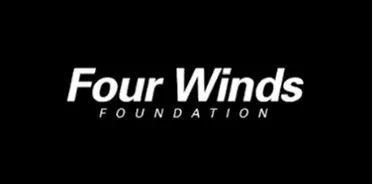
Para rowing

What is Para rowing?
Para rowing is similar Olympic rowing. Para athletes compete at the same regattas, use the same docks, and row the same distances (2000 metres). The boats are the same too, with some modifications for safety.
Competitors race singles, doubles or fours along a six-lane, straight-line, 2000 metre course divided by marker buoys.
Para rowers participate alongside non-disabled athletes at some of the World Rowing Cups and the World Rowing Championships each year.
Para rowing in New Zealand
Para rowing is currently delivered in many rowing clubs around New Zealand. See Rowing NZ’s information about Para rowing.
For more information on Para rowing visit the International Rowing Federation.
Register your interest with Paralympics New Zealand now and we will help you to find a Para sport for you in your local area!
Who can compete in Para rowing?
There are 3 eligible sports classes in Para rowing:
PR3 (previously LTA – Legs, Trunk, Arms)
Use of at least one leg, trunk and arms. Also for those with visual and intellectual impairments. Rowed with standard boats and sliding seats.
PR2 (previously TA – Trunk and Arms)
Only use of trunk muscles. Boat has fixed seat.
PR1 (previously AS – Arms and Shoulders)
Limited trunk control. Boat has fixed seat and rower is strapped at upper chest level to only allow shoulder and arm movements.
See also Rowing NZ’s information on eligibility in Para rowing.
History of Para rowing
Rowing for blind athletes began in the early 20th century in the UK.
Para rowing was formerly called adaptive rowing and was first raced at the 2002 World Rowing Championships in Seville. It was contested at the Paralympic Games for the first time at Beijing 2008.
In 2017, the race distance changed from 1000m to 2000m for all events.
